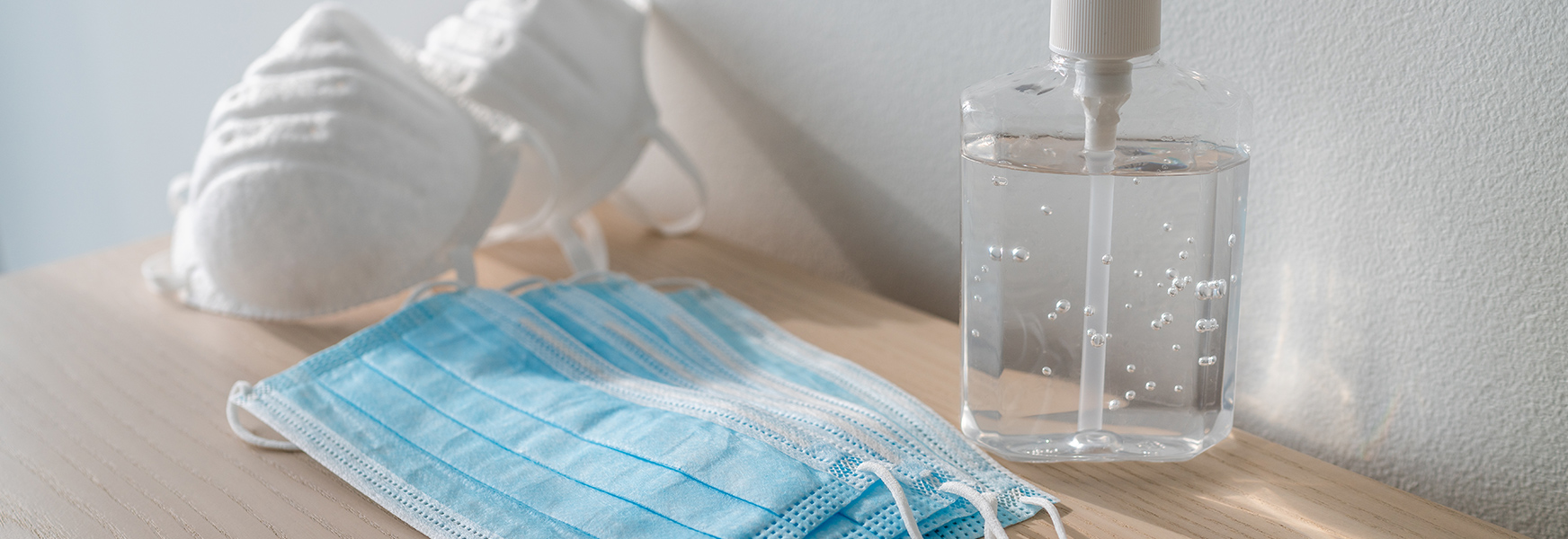Dementia Care During COVID-19

Many of us know and love someone with dementia. Additionally, in this ever-changing new world with physical distancing and quarantines, many caregivers wonder if the dementia population is at greater risk to contract the COVID-19 virus. How do we keep them safe and well? How do we help them at a distance? These questions are coming from many healthcare facilities, home care professionals, and family members caring for loved ones with dementia. We know that dementia itself doesn’t increase the risk to contract the virus. The CDC informs us that older people at highest risk for developing COVID-19 are those that have underlying conditions of heart or lung disease or diabetes. Therefore, reducing the exposures to the virus is the best thing we can do to help mitigate the risk of infection for those with dementia.
In all situations pertaining to COVID-19 prevention, the CDC recommends that we clean hands often, avoid close contact with others, use a face cover for mouth and nose, cover cough and sneezes, and clean and disinfect. These activities have become commonplace throughout the country. However, due to the cognitive impairment that dementia folks have they often have a difficult time taking these preventative measures on their own – this was true even before this pandemic erupted around us. Caregivers can help to prevent the spread by doing all the above and assisting others as they can.
2020 technology might be one way to help minimize physical contact but also partially fill the need for visitation with residents in long-term care situations. Take advantage of phone calls, FaceTime, Zoom, and other social media platforms as much as possible. These can certainly be challenging for people with cognitive issues; however, caregivers can often assist and make these methods workable for everyone. Some people sing, play cards or games via electronic media. The effort is to make people with dementia feel more comfortable yet avoid significant stimulation. It’s a narrow path to walk down but can be done in many cases. These forms of communication help the loved ones feel connected, even at a distance. The Alzheimer’s Foundation of America published guidelines for staying engaged during coronavirus isolation, and AARP offers this recent article titled, “When Can Visitors Return to Nursing Homes.”
For those with dementia in long term care living, most facilities have secured, locked units to ensure their safety and security. During this pandemic, the secure unit helps to protect the dementia residents and staff by isolating. But another difficult task for caregivers is to consistently wear masks while working with those who suffer from dementia. It is known that people with dementia need touch and facial expression to communicate. This can’t be done while wearing a face covering, but caregivers must ensure they wear the proper PPE to protect themselves and the residents. Try to remember that continuity of care and consistent routines help maintain the best quality of care for those dealing with dementia. The bottom line is that caregivers’ steps to protect themselves help maintain safety and wellness so they may continue to care for others in the days to come.
For more information on this topic of caring for those with dementia through this pandemic, please refer to the emergency preparedness guidelines for Alzheimer’s and dementia caregivers offered by the Alzheimer’s Association.
For additional caregiver guidance tune in to the MEMIC Safety Experts Podcast episodes featuring Dr. Heather McKay- manager of Partnerships for Health in Hillsborough, NC. The episodes can be found wherever you get your podcasts including Apple Podcasts, Google Podcasts, Spotify, Stitcher, or at the following links:
Living with Dementia: A Caregiver’s Guide with Dr. Heather McKay
Preparing for End of Life Dementia Care with Dr. Heather McKay
MEMIC policyholders also have access to the 8-part Dementia Care Video Training Series, also featuring Dr. McKay, that can be found on the MEMIC Safety Director.

